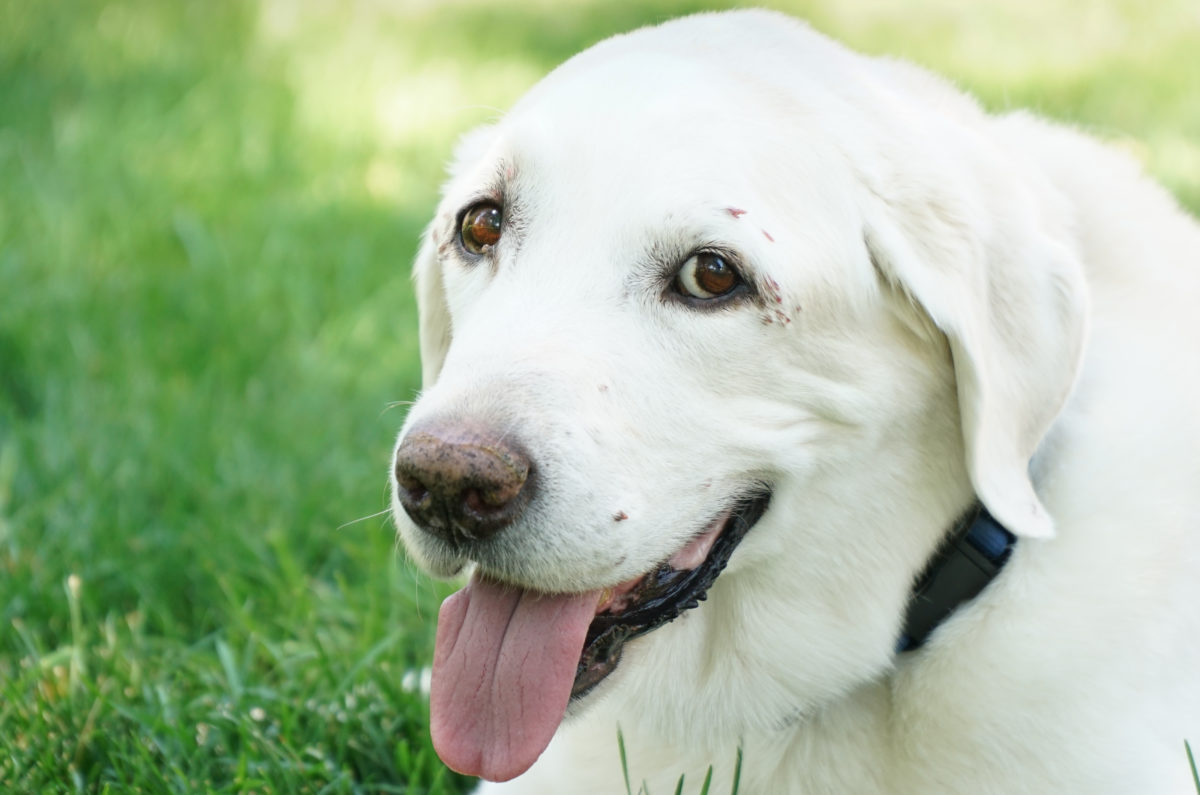That is what one of my best friends told me over 10 years ago when I was in desperate need of perspective. I was overworked, overwhelmed, and felt like a zombie from a lack of sleep and poor self-care. I was so deep in my own head that I didn’t know how to be present. (I think we call it mindfulness today). He provided the right words at the right time that changed how I approach work and life.
I’ve been thinking back on that time a lot lately and since this is the time of year that I reflect on the past and begin setting goals and plans for the next. I sort of take personal planning and goal setting to the next level (as Katie rolls her eyes) and I can’t believe 2020 is here already.
So for some background on the squirrel, it goes all the way back to 2003. The White Stripes released an album called Elephant, which included a song named Little Acorns. The song starts with a narrator speaking over a piano, telling a story about a girl named Janet that was overwhelmed by multiple problems in her life. One day, she saw a squirrel gathering acorns for the winter and it inspired her. If that squirrel can take care of itself for the winter by gathering acorns one at a time, so could she by attacking her problems one at a time. The song then gets jamming with a guitar riff and eventually includes the line “be like the squirrel, girl!”
A few years later, I was on a large post-merger integration project and was traveling every week. I was in a stretch role and I was super stressed. This wasn’t unusual for me, I tended to be quite uptight early in my career as I thought it was my responsibility to get engaged and solve every challenge that surfaced. But during this time, the stress really got to me and it impacted how I showed up in all aspects of my life. My anxiety was through the roof and I was had gotten into a serious funk. I wore it 24/7. Katie was supportive and helped me seek out professional help.
Katie doesn’t always share my taste in music, but she sent me a quick text one day. It read, “be like the…” and then she attached a picture of a squirrel. I thought it was great and I made the squirrel photo my phone wallpaper to keep as a reminder.

Photo By Cephas – Own work, CC BY-SA 3.0, https://commons.wikimedia.org/w/index.php?curid=9645363
A few weeks later, one of my best friends, Austin, took me out to a movie to try and get me to laugh and just be a bit goofy (I think we went to Dukes of Hazard). Austin was dealing with his own stuff and although our problems weren’t the same, he understood the complexity of mental health.
I had taken my phone from my pocket in the lobby to check a text. Austin looked over and asked why I had a squirrel as my wallpaper? I told him the story and we went watch the movie.
Three days later, Austin called me up and said, “Dude, you know that I love Katie, (he has known her since we met in 1997), but you are not a f***ing squirrel!” He paused (for effect to ensure it stuck) and then continued by saying that ever since he had met me (we had known each other since the 5th grade and became very close in high school), that I was never a squirrel. That I always had a lot on my plate and that I needed to have a lot going on. There wasn’t a reason to be like the squirrel, it’s not how I was wired. He was telling me that this wasn’t a time to survive, it was a time to thrive!
His words had an immediate impact and my mind quickly went through a paradigm shift. I remember feeling the tension release in my shoulders and I stopped clenching my jaw. The pressure valve had released.
I began ’embracing the chaos’. I accepted that there were a lot of balls in the air rather than freaking out about which one was going to fall to the ground first. I felt more comfortable navigating ‘everything is a priority’ environments by stepping back by doing my best on what I can control and accepting the rest.
The conversation provided significant insight into a mindset that I have been applying in the years since. It keeps me engaged today as I balance the demands of family, fatherhood, work, and volunteering. There are definitely puts and takes, but I can definitely feel the difference when I am playing offense instead of defense. (I couldn’t resist a sports analogy).
Anyway, I still love jamming out to the song (give it a listen here). Sure it helps me keep perspective, but mainly because it brings back the memories of a caring wife and a best friend.













